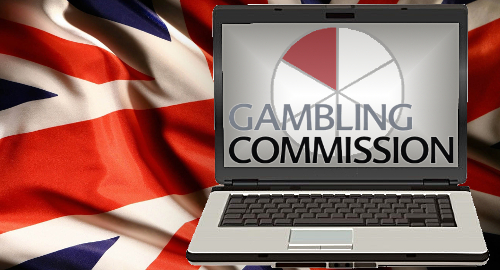 Roughly one in six UK adults gambled online last year, thanks in part to excitement over a pair of quadrennial sporting events.
Roughly one in six UK adults gambled online last year, thanks in part to excitement over a pair of quadrennial sporting events.
The UK Gambling Commission’s latest gambling participation survey shows that 48% of respondents aged 16 years or older reported engaging in at least one form of gambling last year, although this figure drops to 33% if you exclude National Lottery play.
Around 17% reported gambling online, up from 15% in 2015. Here too, excluding the National Lottery pushes online participation down to 13%, but this is up four points from 2015. At least some of the online surge was credited to the UEFA Euro 2016 football tournament and the Summer Olympic Games in Rio.
Laptops remain the online gamblers’ device of choice at 55%, although this was down six points from 2015. Similarly, desktop PC use fell four points to 34%, while mobile phones gained six points to 29% and tablets were up five points to 21%. Men were more likely to gamble on their phone, while women held the edge in tablet use.
While 97% of online gamblers play at home, those in the 18-24 age group were more likely to gamble in multiple locations. The most popular venue for men gambling outside the home was at work, while women were more likely to gamble while commuting.
In-play betting participation remains stable at 26%, but the 18-24 demo’s in-play rate rose seven points to 45%, again, likely due to Euro 2016 excitement.
Online gamblers reported an average of three different accounts with gambling companies, down from 3.5 in 2015. Around half of online gamblers have only one account, while 11% have over five accounts.
Nearly one-third of respondents reported following a gambling company’s social media accounts, with Facebook on top at 26%, (up six points from 2015), followed by Twitter (15%, +4), Google+ (6%, flat) and Instagram (6%, +2).
However, online gamblers remain more likely to make a wager based on advertising (46%) than on a social media post (21%). Television adverts were the most effective at 24%, followed by online ads (21%) and social media (15%). Despite younger demos’ familiarity with social media, 18-24 year-olds were most likely (60%) to be prompted to gamble by advertising.
Only 23% of online gamblers reported reading a site’s terms and conditions, with women and senior citizens the least likely to have read the fine print before wagering. The sheer length of most T&C’s was the most commonly cited excuse for not reading, followed by ‘it’s unnecessary’ and ‘laziness.’ One in five gamblers reported not being aware that T&C’s were available to read.
Only 6% of gamblers have ever self-excluded, unchanged from 2015, but the number of gamblers who reported being aware of the option to self-exclude gained eight points to 37%. The UK introduced new self-exclusion policies in mid-2015. The number of self-identified problem gamblers remains small and relatively constant at 0.7%, up from 0.5% in 2015.
Gambling perceptions took a negative turn in 2016, with only 34% of respondents saying gambling is fair and could be trusted, a new record low and down from 49% as recently as 2011. Ironically, non-gamblers had a more favorable view of the activity.
Nearly two-fifths of respondents associate gambling with criminal activity, while 69% believe gambling is “dangerous for family life.” However, 67% believe people have the right to gamble whenever they want and a defiant 32% maintain that gambling “livens up life.”